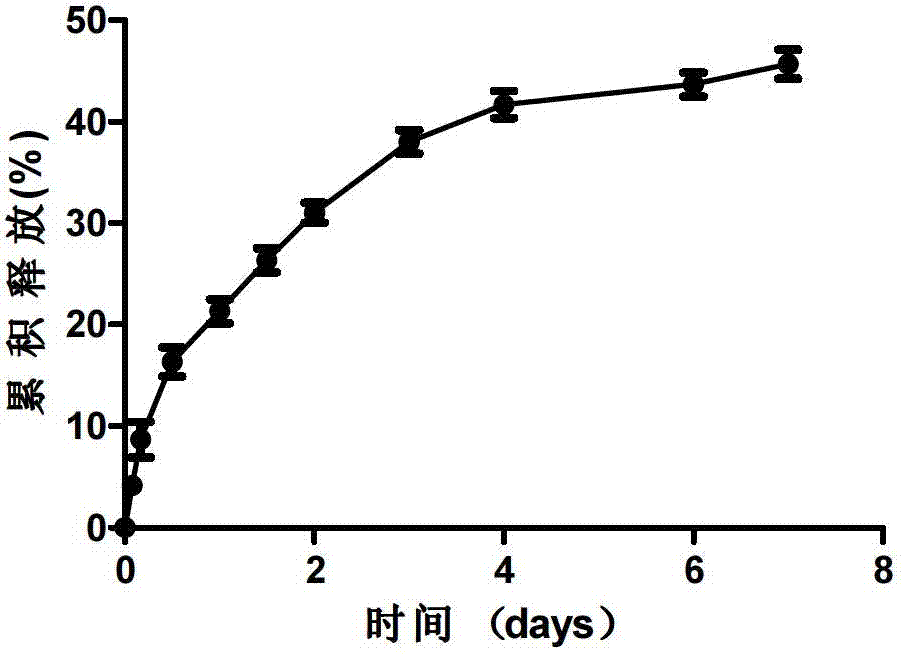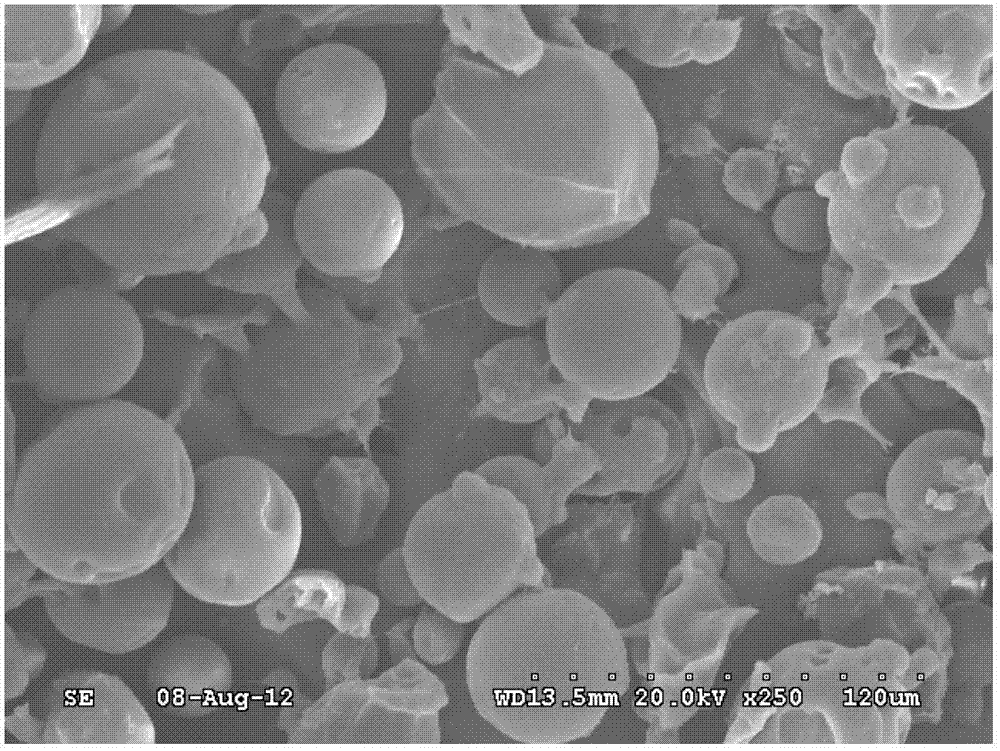TGF-Beta3 (Transforming Growth Factor Beta3) loaded slow-release tissue engineering synovial sheath
A TGF- and tissue engineering technology, applied in the medical field, can solve the problems of easy adhesion, small range of finger movement, and abnormal secretion of synovial fluid, etc., and achieve good prevention and treatment effects
- Summary
- Abstract
- Description
- Claims
- Application Information
AI Technical Summary
Problems solved by technology
Method used
Image
Examples
Embodiment
[0026] Such as figure 1 As shown, a slow-release tissue engineering synovial sheath loaded with TGF-β3, the chitosan tissue engineering scaffold is composed of a dense layer 1 and a porous layer 2, and the dense layer 1 can effectively block the influence and interference of external factors. The thickness of the porous layer 2 is 200-300um, and the porous layer 2 is loose and mesh-shaped, and contains chitosan slow-release microspheres containing TGF-β3 and synoviocytes as a carrier for cell attachment and growth. The artificial synovialization of the chitosan scaffold was realized.
[0027] Prepare as follows:
[0028] (1) Chitosan asymmetric membrane
[0029] a. Formation of dense layer
[0030] Dissolve chitosan in 2% acetic acid aqueous solution to prepare a 1.5% chitosan solution, then centrifuge at 4°C for 5 minutes to remove impurities, and let stand to remove air bubbles before use; pour 1.0ml of the above solution into a 9cm diameter placed in a petri dish at roo...
PUM
 Login to View More
Login to View More Abstract
Description
Claims
Application Information
 Login to View More
Login to View More - R&D
- Intellectual Property
- Life Sciences
- Materials
- Tech Scout
- Unparalleled Data Quality
- Higher Quality Content
- 60% Fewer Hallucinations
Browse by: Latest US Patents, China's latest patents, Technical Efficacy Thesaurus, Application Domain, Technology Topic, Popular Technical Reports.
© 2025 PatSnap. All rights reserved.Legal|Privacy policy|Modern Slavery Act Transparency Statement|Sitemap|About US| Contact US: help@patsnap.com



